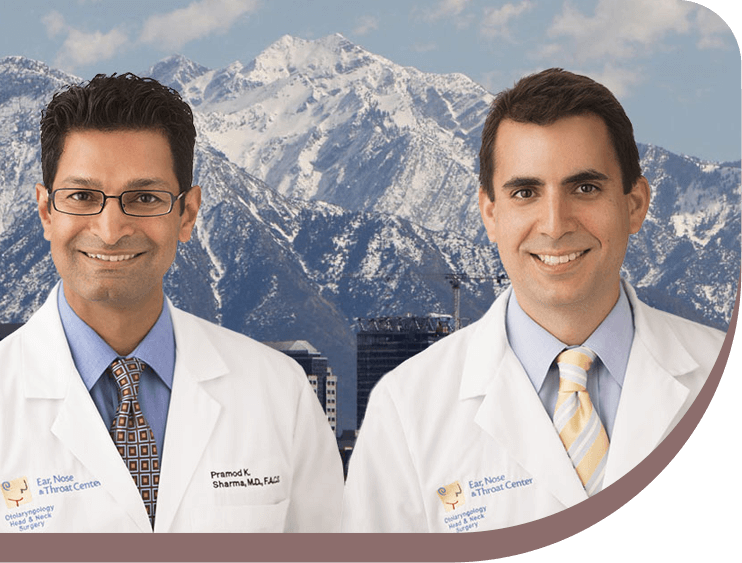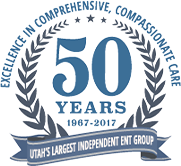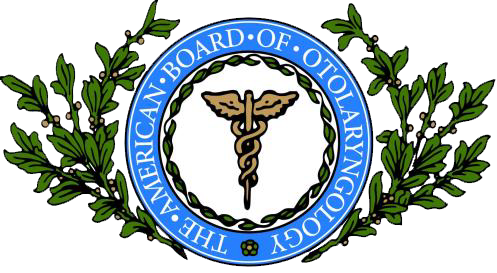
Minimally – Invasive Transoral Laser Excision
Minimally – Invasive Transoral Laser Excision – About
Transoral laser microsurgery (TLM) uses a cutting laser and binocular microscopes to remove tumors. Our Head & Neck surgeons use the cutting energy of the laser to separate and remove cancerous cells from healthy tissue.
The TLM technique has proved to help retain organ function and quality of life in patients after surgery. In addition to tumors of the mouth, pharynx and larynx, TLM is especially suited for cancerous tissue removal in the voice box and lower throat areas.
Minimally – Invasive Transoral Laser Excision – Diagnosis
Your Head & Neck Surgeon will play a big role in helping determine if TLM is right for you.
TLM is often recommended for early stage cancers of the throat. Since a general anesthetic is used, you will need to be in good enough physical condition (i.e. no heart or lung disease) to tolerate the anesthetic.
If your cancer has invaded surrounding structures, such as the carotid artery, then TLM may not be right for you. Moreover, if your neck is too stiff, or your jaw is not large enough to allow access of the endoscopic instruments, your physician may advise against TLM.
There are different laser options available depending on your specific need. If you have early stage cancer of the voice box (larynx and vocal cords), a specially designed CO2 laser which minimizes damage to the surrounding healthy tissue will be used.
If you have a tumor in a hard to reach or distant area, a CO2 laser with a flexible fiber-optic for beam delivery may be used. Please consult with your physician to determine what the best option is for you.
Minimally – Invasive Transoral Laser Excision – Treatment
- The transoral laser microsurgery procedure lasts two to four hours, with the patient under general anesthesia.
- The surgery is performed using an endoscope, which is inserted through the mouth. Using a specialized microscope, the surgeon is able to clearly view the tumor and surrounding tissue.
- The surgeon uses a precise, carbon dioxide laser beam to cut the tumor away from the surrounding healthy tissue. The beam itself creates minimal heat energy, limiting damage to the tissue surrounding the tumor.
About the Laser
The laser beam is an ideal way of removing tumors because it is coupled with a microscope, allowing more exact removal of tumors. This degree of precision is especially important for tumors of the throat and larynx because even minor damage to the surrounding tissue can have a significant impact on speech and swallowing.
Advantages of Minimally Invasive Transoral Laser Surgery
- Excellent tumor visualization
- Minimizes damage to speech and swallowing
- Faster recovery
- Less pain after surgery
- Fewer complications
- Leaves no externally-visible scar

Conditions Treated
Follow us


Your Health Starts Here
"*" indicates required fields
